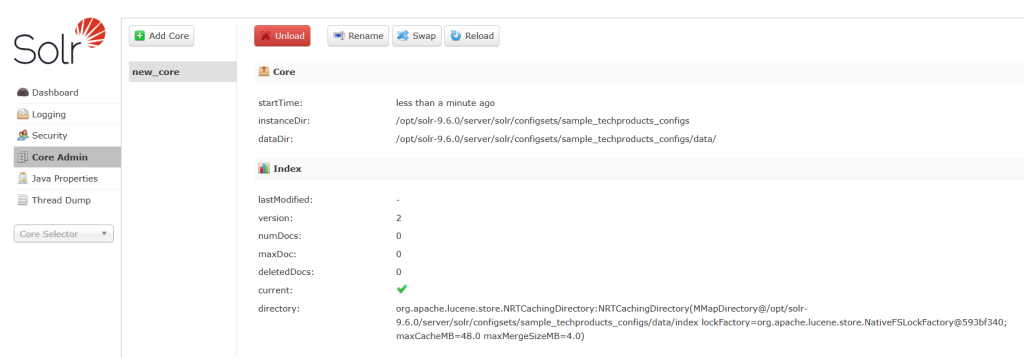Introduction
Bangalore Orbit is your comprehensive online resource for exploring Bengaluru and its surroundings. It offers detailed insights into tourist destinations, local events, curated tours, and engaging travel blogs, ensuring an enriching travel experience for both visitors and locals.
Tourist Destinations Around Bengaluru
1. Nandi Hills: Nandi Hills is a popular getaway known for its breathtaking sunrise views, ancient temples, and scenic trekking trails. It’s perfect for nature lovers and those looking to escape the hustle and bustle of city life.
2. Mysore: Famous for its royal heritage, Mysore features iconic landmarks such as the Mysore Palace, Chamundi Hill, and vibrant markets like Devaraja Market. It’s ideal for a cultural day trip or weekend retreat.
3. Coorg: Often referred to as the “Scotland of India,” Coorg is renowned for its lush coffee plantations, beautiful waterfalls like Abbey Falls, and serene environment. It’s a haven for adventure seekers and nature enthusiasts.
4. Chikmagalur: Known for its coffee estates and picturesque landscapes, Chikmagalur offers excellent trekking opportunities and tranquil spots like Mullayanagiri Peak, the highest point in Karnataka.
5. Hampi: A UNESCO World Heritage Site, Hampi boasts the ruins of the Vijayanagara Empire, ancient temples, and stunning rock formations. It’s a must-visit for history buffs and archaeology enthusiasts.
6. Kanva Reservoir: An artificial lake created by the Kanva Dam, it offers a peaceful retreat with opportunities for bird watching and exploring nearby attractions like the Ranganathittu Bird Sanctuary and Shivasamudram Falls.
7. Kunchikal Falls: Located in the Shimoga district, Kunchikal Falls is the highest waterfall in India, offering a spectacular view especially during the monsoon season.
Bengaluru City Events
1. Cultural Festivals: Experience the city’s rich cultural heritage through events like the Bengaluru International Film Festival, Karaga Festival, and Bengaluru Habba, celebrating the arts, traditions, and diversity of the city.
2. Music and Art Festivals: Events such as NH7 Weekender and Chitra Santhe attract art and music lovers, showcasing a blend of local and international talent in vibrant settings.
3. Sports Events: Bengaluru hosts numerous sports events including IPL cricket matches and the Bengaluru Marathon, fostering a vibrant sports culture and drawing large crowds.
4. Food Festivals: Indulge in culinary delights at food festivals like the Bangalore Food Fete and Beer and Wine Festival, featuring a variety of local and international cuisines.
Bengaluru Tours
1. City Sightseeing Tours: Explore Bengaluru’s iconic landmarks with guided tours covering Lalbagh Botanical Garden, Bangalore Palace, Tipu Sultan’s Summer Palace, and Cubbon Park, providing a comprehensive view of the city’s attractions.
2. Heritage Walks: Delve into Bengaluru’s history and culture with specialized walking tours that take you through the city’s old neighborhoods and historic sites, offering a unique perspective on its rich heritage.
3. Adventure Tours: For the adventure enthusiasts, Bengaluru offers trekking, cycling, and wildlife safaris in nearby natural reserves, catering to those seeking thrill and excitement.
4. Food and Brewery Tours: Experience Bengaluru’s culinary scene with tours that explore local eateries, street food stalls, and the city’s famous microbreweries, giving you a taste of the local flavors.
Travelers Blogs
1. Travel Tips and Guides: Bangalore Orbit provides extensive travel guides and practical tips to help you plan your trips and make the most of your visits to Bengaluru and its surroundings.
2. Personal Travel Stories: Read inspiring travel stories from fellow travelers, offering unique insights, recommendations, and personal experiences that enrich your understanding of the region.
3. Local Insights: Gain deeper insights into Bengaluru with blogs written by locals, highlighting hidden gems, favorite spots, and insider tips for exploring the city like a resident.
4. Reviews and Recommendations: Find detailed reviews and recommendations on hotels, restaurants, and tour operators, helping you make informed decisions and choose the best options for your stay.
Additional Features
1. Rent Car/Bike Services: Bangalore Orbit provides convenient car and bike rental services, ensuring you have the mobility to explore the city and its surroundings at your own pace.
2. Publish Your Trips/Events: The platform allows users to publish their own trips and events, creating a community-driven space where travelers can share their experiences and recommendations.
Conclusion
Bangalore Orbit is your ultimate guide to discovering Bengaluru and its enchanting surroundings. With detailed information on tourist destinations, city events, curated tours, and engaging travel blogs, the platform ensures an enriching and memorable travel experience. Visit Bangalore Orbit to start planning your next adventure in Bengaluru today.





